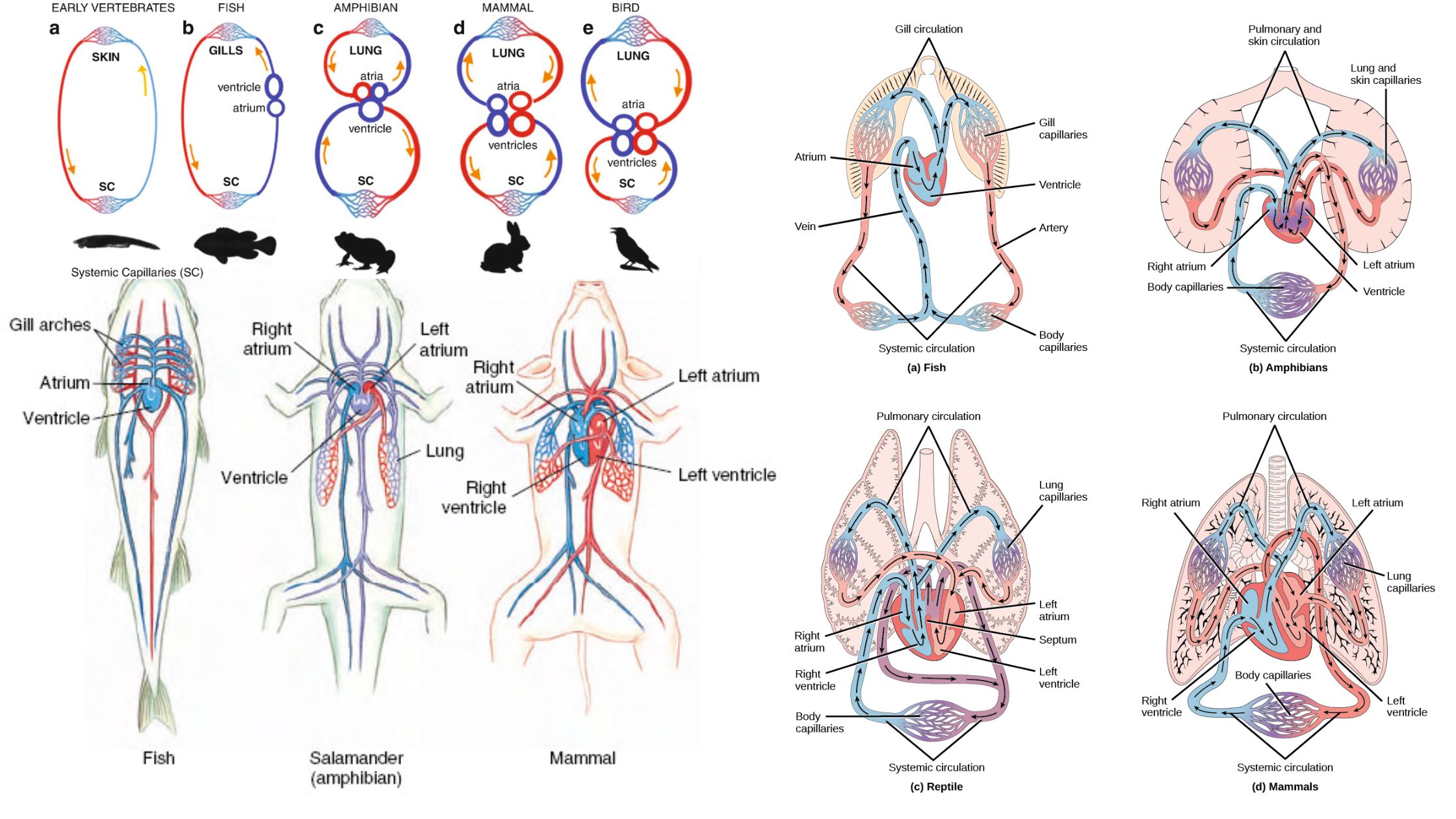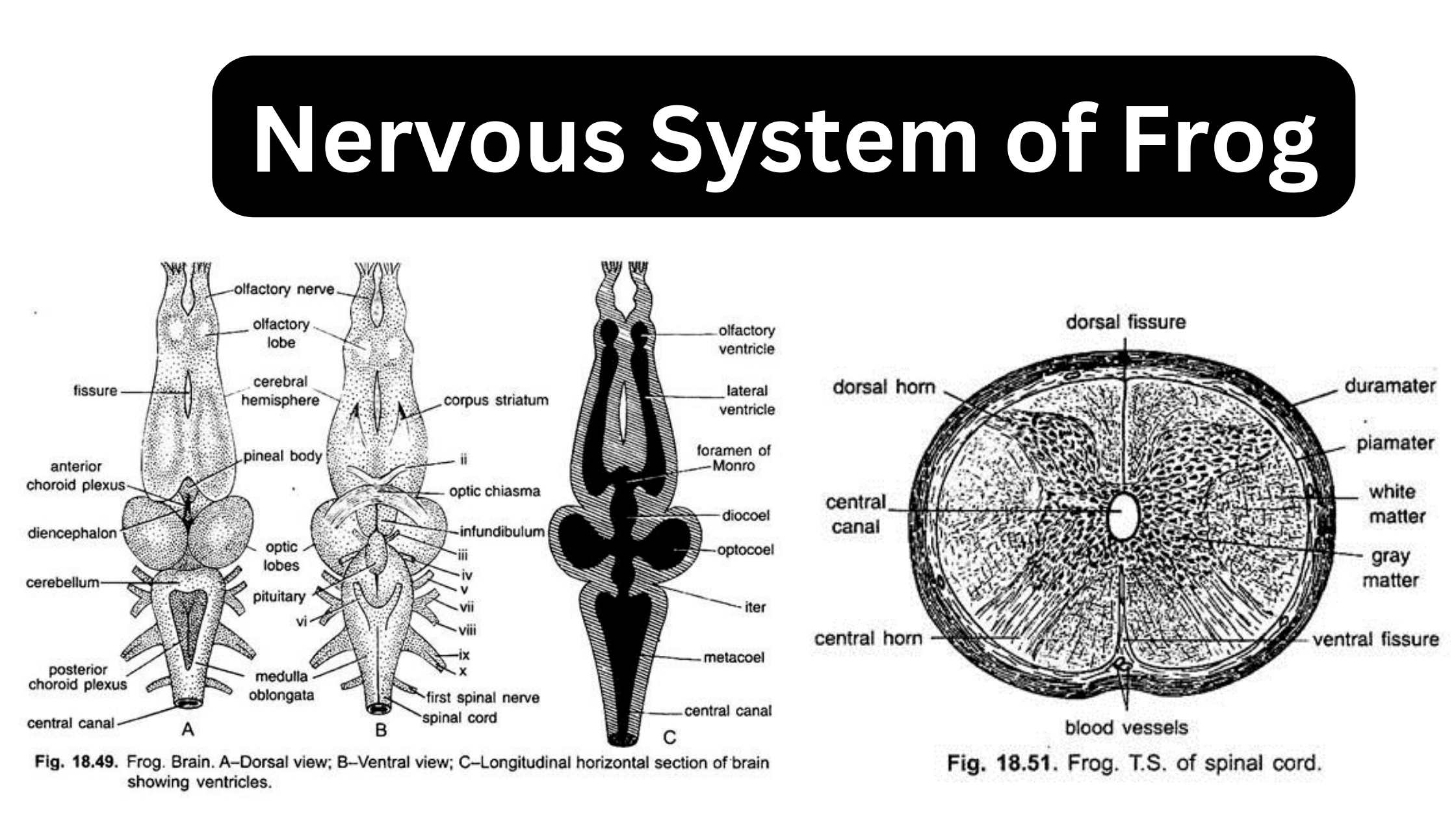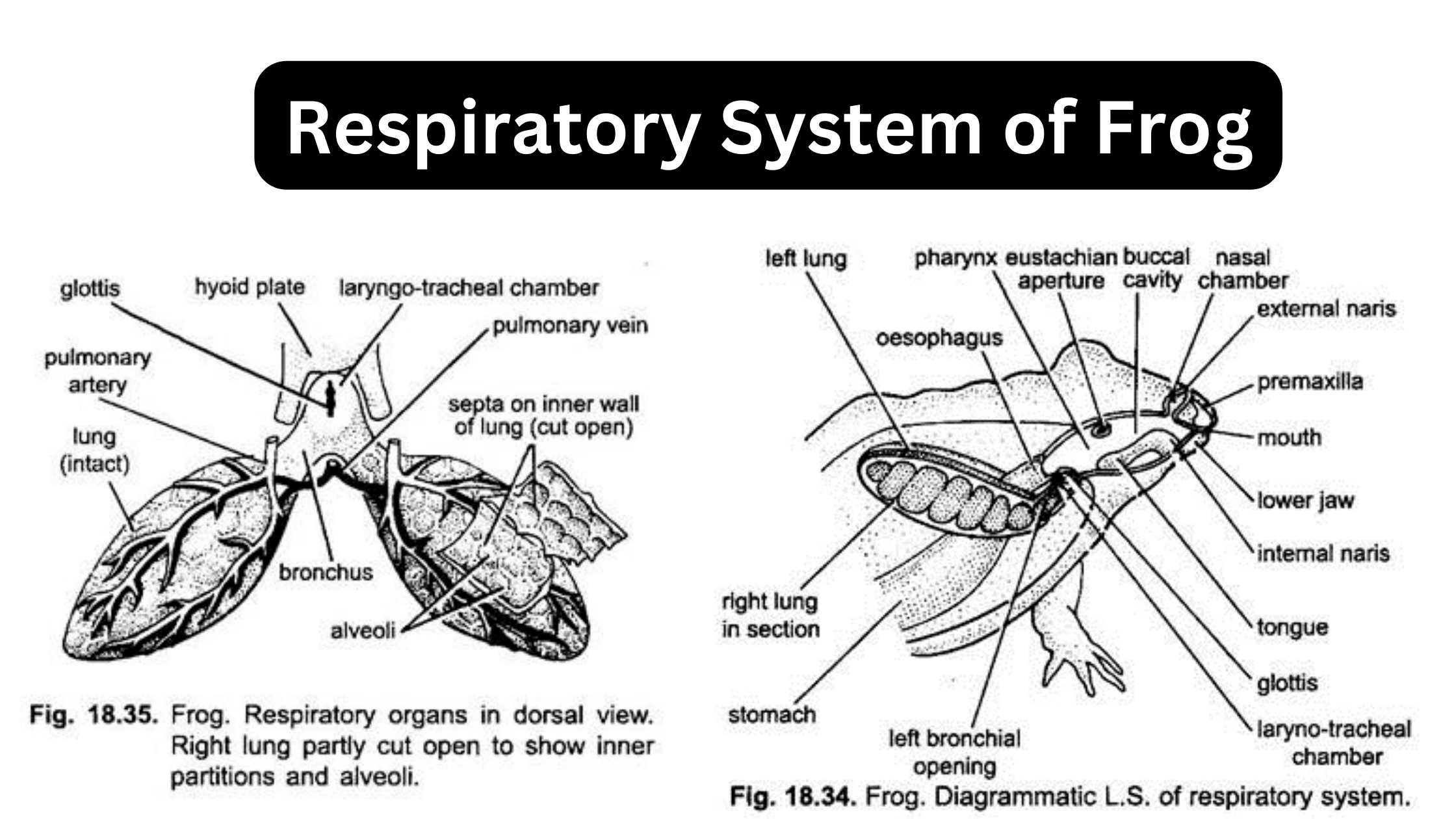Circulatory System in Vertebrates – Components, Structure, Functions
The circulatory system is a vital component of vertebrates, consisting of two interconnected systems: the blood vascular system and the lymphatic system. While both systems play crucial roles in maintaining the body’s overall function, the circulatory system primarily refers to the blood vascular system. In vertebrates, the blood vascular system is a closed system characterized … Read more


